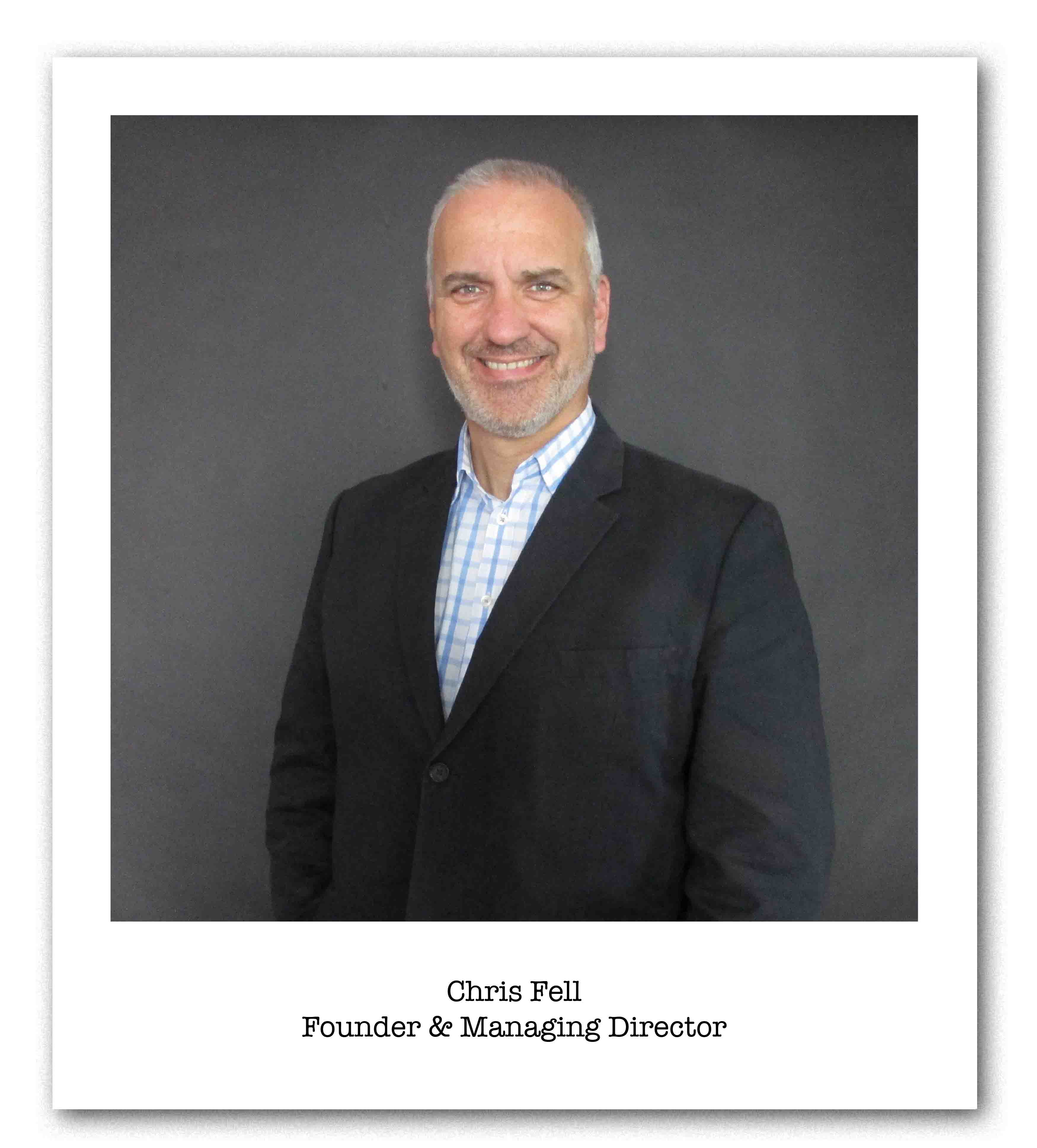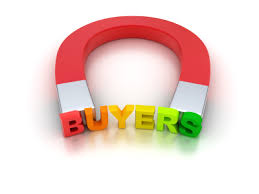Get WISER with Your AI Prompts - A guide for sales managers
Everyone’s wittering on about AI like it’s the second coming. But here’s the rub: if you give it half-baked prompts, you’ll get half-baked answers....
3 min read
 Chris Fell
30/09/2013 9:54:00 AM
Chris Fell
30/09/2013 9:54:00 AM

We are well and truly in the era of the online buyer. Every business needs to understand how buyers commence their buying journey and how to exert influence over that journey each step of the way.
Your website plays a crucial role in hooking and reeling in interested buyers.

This means your business needs to provide a compelling reason for buyers who are searching online to come to your site. What is it about your website that is compelling, relevant, authoritative and well, just downright helpful?
What do you mean your website content is all about your world class, best of breed, ground breaking, innovative {insert other favourite cliches followed by your product name}.
It's true that at some point your buyers do want to know about the features, functions and benefits of your product and service...but on your website, before you have earned the right to have a meeting? When the buyer is still struggling to define what it is they need and what problem they have?
Whilst the physical look of your website is important, after all imagery is important and creates impact, when we work with clients on website refreshes we find its much more important to focus on how "inbound" your website is. That is, how your site attracts and engages buyers.
When transitioning to an inbound-friendly website we recommend considering the following:
Too many times websites fail at the first hurdle. There is no consideration of "who" your website is actually supposed to be speaking to. The language and messaging on the site fails to address the buyer your business targets.
Once you outline who these people are, and particularly the problems and challenges that they face in their business, only then can you start to create messages, pages, and content for them.
It’s important that you pay attention to the frequency and quality of the content on your site. The aim is to be considered a thought leader, who understands the problems your buyers face and have information that can educate and help. Use your website to break through the "noise" of your industry. Provide the right content, to the right people, at the right time.
Too often, marketers go in for the kill and try and force the pace of the buyer's journey. Typically, they only include CTA's (calls-to-action) that are for prospects that are ready to buy now (i.e. “Buy Now”, “Request a Consultation”, or "Call Today"). By modifying your website to have a balance of content, CTAs, and lead generation opportunities for every step of the buying cycle, you will find a huge increase in engagement and conversions on your site.
Inbound marketers often simplify the steps of the buying cycle to:
Think about what content you've created on your website that helps the buyer learn about why there is a need for your product or service. Think about what pain points it addresses. Now, think about opportunities to nurture your prospect to the lead stage, and then the opportunity or qualified lead stage. Each step of the way there should be opportunities to convert leads, with tools such as ebooks, webinars, free trials, case studies, request a demo and so on.
Ensure that each page has its own purpose and context first. Then, once you've created the right content for your buyer persona, see if there are opportunities to naturally optimize your copy, URL and title with keywords. Be sure to consider each of the stages of the buying journey, top, middle and bottom. Write copy for the reader, not the search engines.
The majority of your website visitors are still in the learning phase of their buying journey and aren't ready to learn about what your products and services do and if they want to buy.
If your website starts off with "why," then it's going to be much easier to convey the value to the buyer. Your site should work hard to helping the buyer connect the dots between "why" and "what" then you're on the right track to having a hot lead to pass to sales.
People are increasingly busy and our attention spans are ever shrinking. In short, most people simply wont stick around on your site if its too complicated and hard to find their way around or they get lost in layer upon layer of menus.
The old motto still holds true: Make sure the viewer can get where they want to go with the least possible number of clicks. This includes having a few different ways for viewers to navigate around.
Increasingly, good website CMS' like Hubspot, are serving up context based content to visitors. That is to say if you are a first time visitor you will see different page content than if you are a returning visitor. Understandably, people tend to stick around longer the more relevant the content.
Our culture is hyper-connected to the internet, and this is only going to increase. For marketers, however, this is a great opportunity. It's more important than ever for websites to be responsive due to various screen sizes of desktops, laptops, tablets, and mobile phones. Your website simply cannot ignore mobile and tablet users. Ensure that your website uses responsive design, and caters to that mobile audience.
If you address these seven key points while planning your website redesign, you're well on your way to delighting your buyers with an inbound website.
Subscribe to our latest news and updates on HubSpot.

Everyone’s wittering on about AI like it’s the second coming. But here’s the rub: if you give it half-baked prompts, you’ll get half-baked answers....

The business world is falling head over heels for AI—and who can blame it? With promises to reduce grunt work, uncover insights, and turbocharge...

Search is evolving - fast. For two decades, SEO has revolved around Google’s algorithm: keywords, backlinks, metadata, and page speed. But with the...